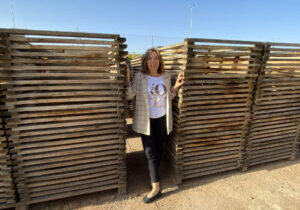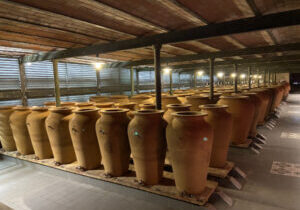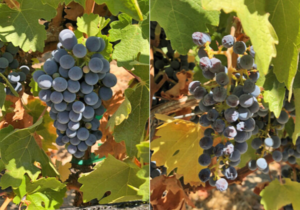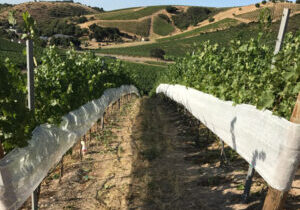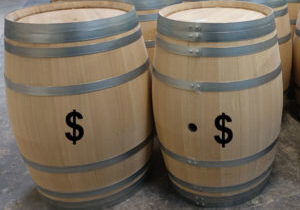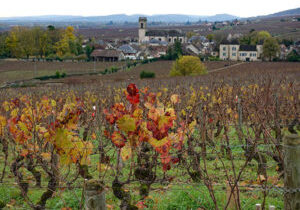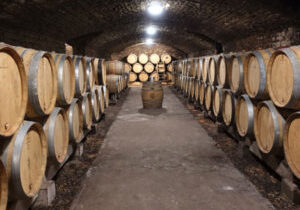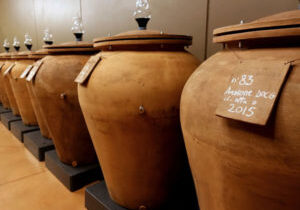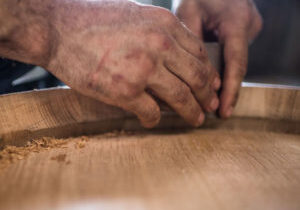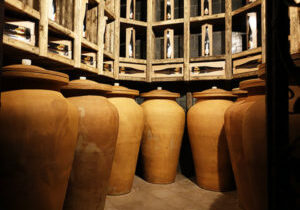The recent Napa Valley heat wave was a stark reminder of the importance of developing effective strategies to prevent grape sunburn. Vineyard shade cloth offers an effective solution for mitigating sun damage and enhancing grape quality. In a detailed discussion on James Suckling's website, consulting winemaker Matt Brain explores the practical, financial and environmental impacts of using vineyard shade cloth. Here, we summarize his main points and add some of our own insights.
The Problem: Grape Sunburn
High heat and direct sun exposure can significantly increase grape temperatures, causing cellular damage, microbial spoilage, dehydration and crop loss. Consistent daily temperatures of 100-plus degrees Fahrenheit degrade color, flavor and tannin, resulting in lower wine quality.
The Role of Leaf Removal
Leaf removal is necessary to prevent mildew and promote light exposure for ripening, and it can facilitate more environmentally friendly spray treatments. However, during extreme heat, this practice can make your grapes more vulnerable. Shade cloth addresses this issue by diffusing and deflecting sunlight, offering vital protection while still allowing you to benefit from leaf removal.
To clarify, we are not advocating for complete leaf removal. Instead, we recommend a balanced leaf removal strategy tailored to the specific conditions of your vineyard.
Benefits of Vineyard Shade Cloth in Napa Valley
Shade cloth is extensively used in the Oakville Valley AVA, providing constant, diffused sunlight and reducing peak cluster temperatures. Studies by David Parrish highlight its effectiveness in decreasing grape temperatures and slowing sugar accumulation, leading to wines with character and concentration. The cloth, typically made from polyethylene, offers varying shading degrees to suit different vineyard needs.
We’ve found that black shade cloth is especially beneficial for the hot climate of Napa Valley due to its superior ability to diffuse sunlight evenly across the light spectrum and reduce heat absorption.
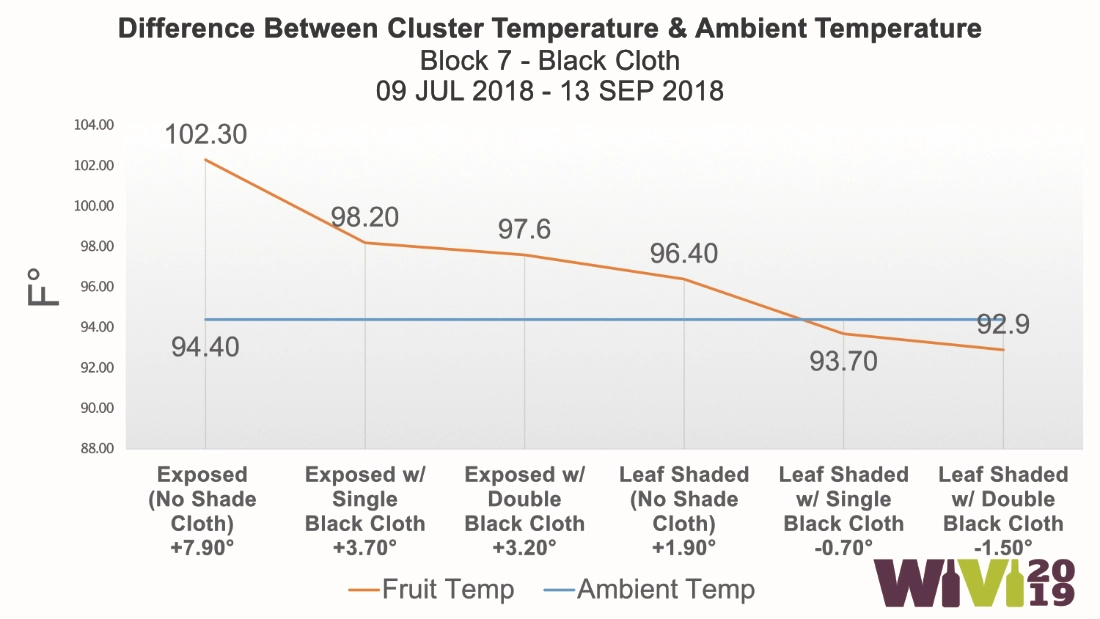
Economic and Environmental Considerations
Although the initial cost of shade cloth is significant, it can lead to improved grape quality and increased yields, justifying the expense. It also provides protection against birds and can complement mechanical leafing, reducing labor costs. However, the ecological impacts of production and disposal, as well as the risk of over-shading, must be considered. This is why choosing the right shade cloth is essential, one with proven results and maximimum longevity.
The Lifespan of Your Shade Cloth
Investing in high-quality shade cloth can extend its lifespan significantly. Here are key factors to consider:
Ultraviolet Light:
UV light breaks down shade cloth material. To protect it, choose cloth with maximum UV protection. Standard warranties cover five years, but our shade cloth offers eight years of coverage, with an estimated useful life of 15 years.
Abrasion:
Normal wear and tear can shorten the cloth’s life. Heavier cloth minimizes abrasion. Our cloth is about 40% heavier than typical options, offering greater durability.
Vulnerability of Edges:
Reinforced edges with eyelets prevent tearing during installation. Our “Gen 3” shade cloth, designed by David Parrish, includes these features for enhanced durability.
Conclusion
Vineyard shade cloth emerges as a valuable tool for modern viticulture, offering both protective and environmental benefits. It ensures high-quality grape production, making it a justified investment for vineyard operators, especially in the premium wine regions of Napa Valley.
For more information on the best vineyard shade available, visit our shade cloth page. Or contact us here.
Also be sure to check out our other relevant posts:
